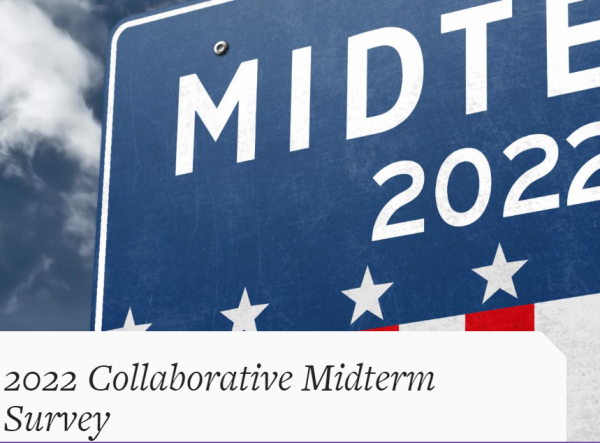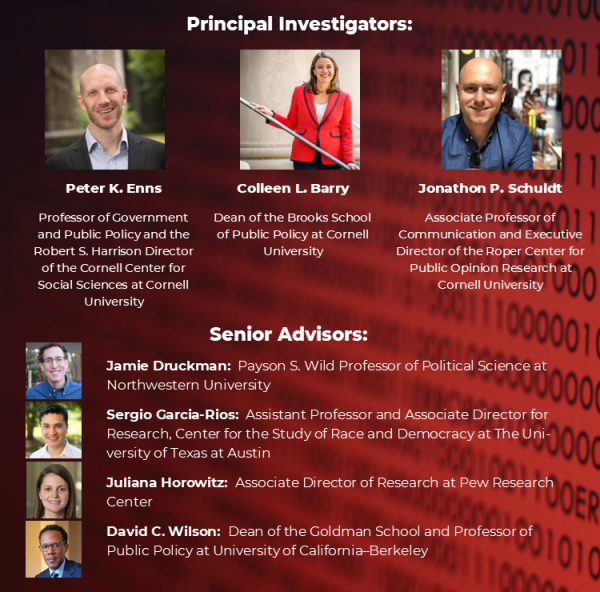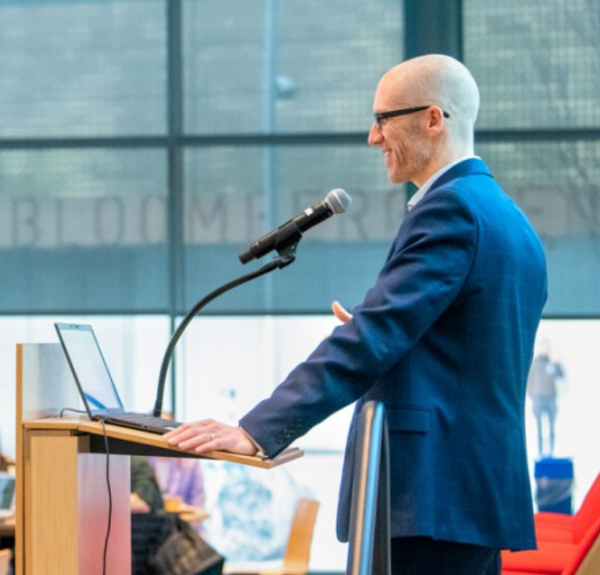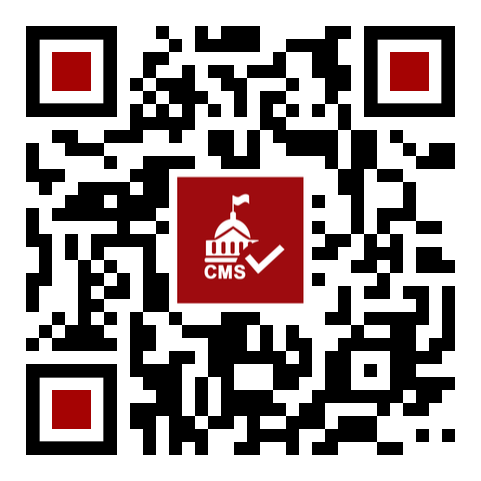Comprised of multiple teams engaged in multiple modes of data collection, the 2022 CMS was a unique project from conception through execution and analysis. Three data collection teams used ten data collection methods to ask 205 questions of 19,820 total respondents.
The full project data is available here in the Roper Center for Public Opinion Research, at the links below.
Then in January 2023, experts from industry, academia, and media offered their perspectives on the innovations, methods, and data during the 2022 Collaborative Midterm Survey Hackathon. All panelists received the survey data in advance and incorporated their analyses into the presentations and comments.
The Roper Center for Public Opinion Research was proud to have been a partner in the 2022 Collaborative Midterm Survey.




